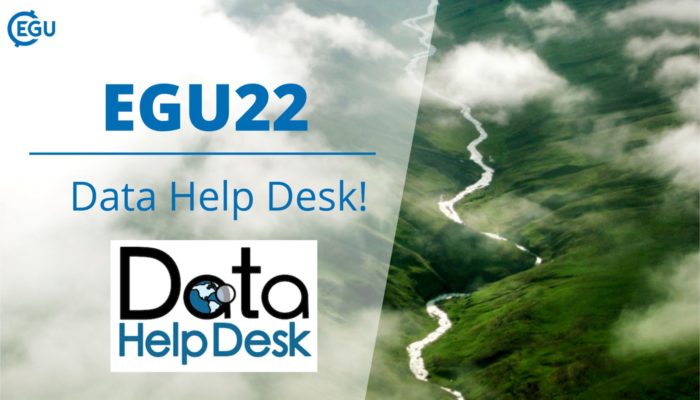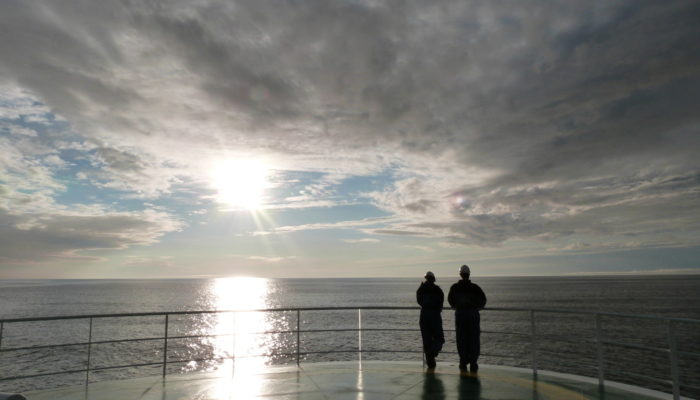Do you have data-related questions? Are you looking to make your data and/or software open and FAIR? Are you interested in tools and resources for working with your data or for finding data to reuse? The Virtual Data Help Desk is here for you! The Virtual Data Help Desk, which is a program of the Earth Science Information Partners (ESIP), EGU, and AGU, provides researchers with opportunities to en ...[Read More]
EGUsphere preprints: moderators celebrate more opportunities and increased flexibility
Preprints are in the spotlight this month at EGU, with the newest feature of our Open Access repository EGUsphere now officially available! As we observe this new milestone, EGU is aware of the important role that its moderators will play in this process. This week, four EGUsphere moderators tell us what they look forward to in their new role and encourage other geoscientists to join in the experi ...[Read More]
EGUsphere preprints: new pathways for discussion, sharing and feedback
After a long wait, EGU has this month launched our much-anticipated preprints – the newest feature of the Open Access repository EGUsphere. Now for the first time, authors can upload preprints to the online server, taking advantage of EGU’s pioneering public peer-review process, whilst preparing their papers for future release. Three different roads for preprints are available with EGUsphere: Prep ...[Read More]
Cyclone Idai disaster: European agencies foresee climate danger but poor countries stumble.

Cyclone Idai, which was labelled by the UN as possibly the worst climate calamity to ever hit the Southern Hemisphere, pounded Beira, Mozambique, in March 2019. The European Space Agency images revealed that a huge new inland ´lake´ measuring about 80 miles by 15 miles, an area the size of the European state of Luxembourg, had suddenly been created by the catastrophe. However, millions of residen ...[Read More]



